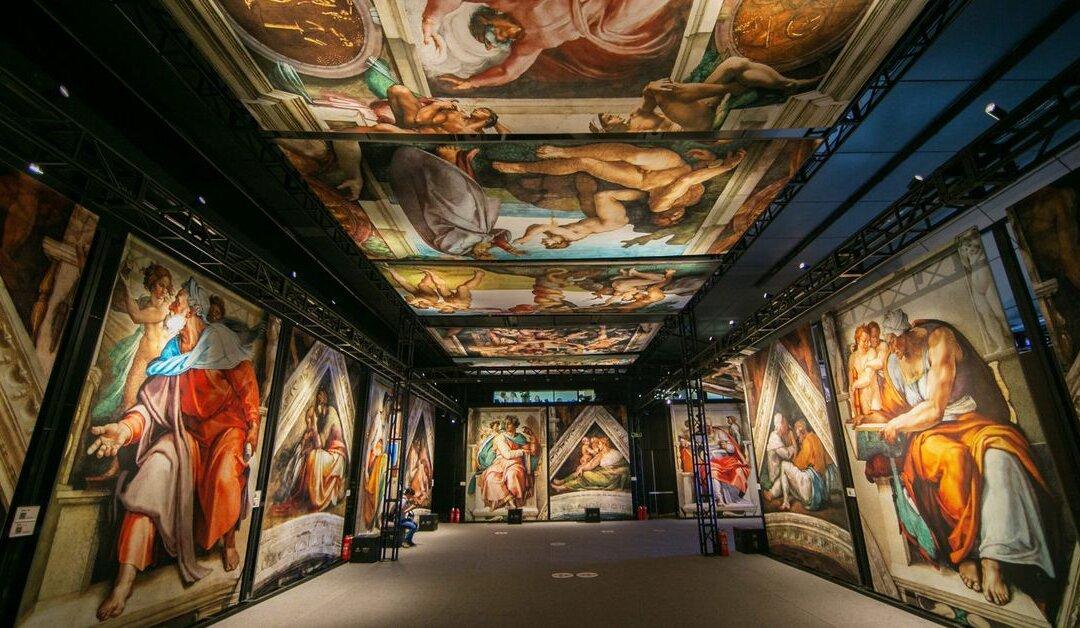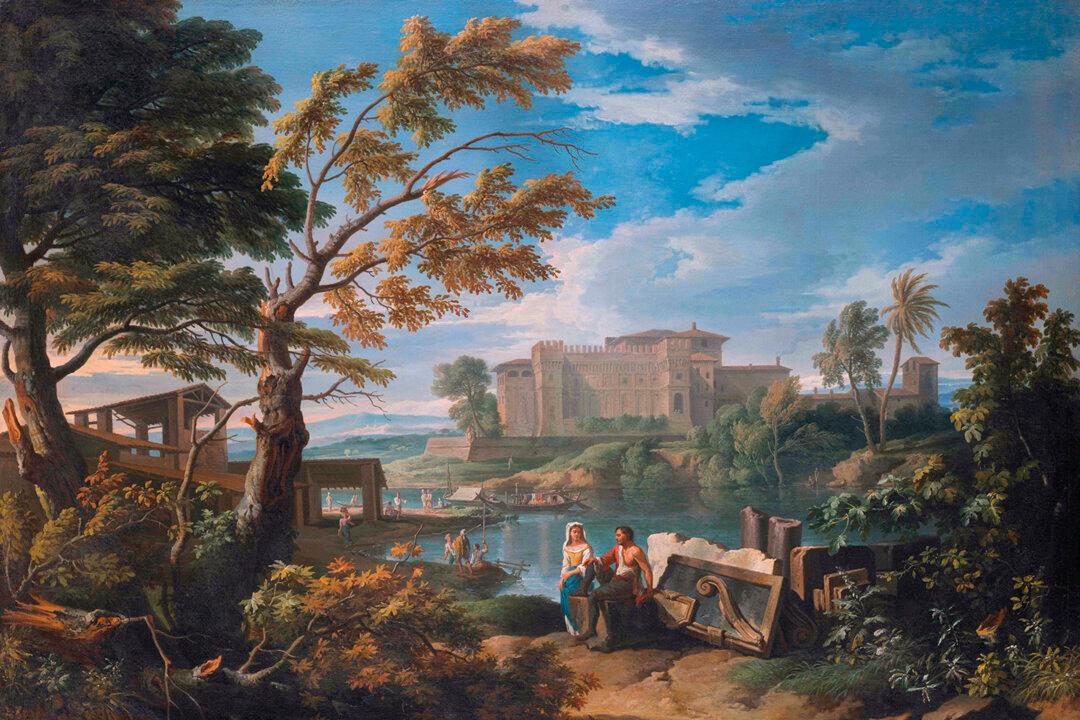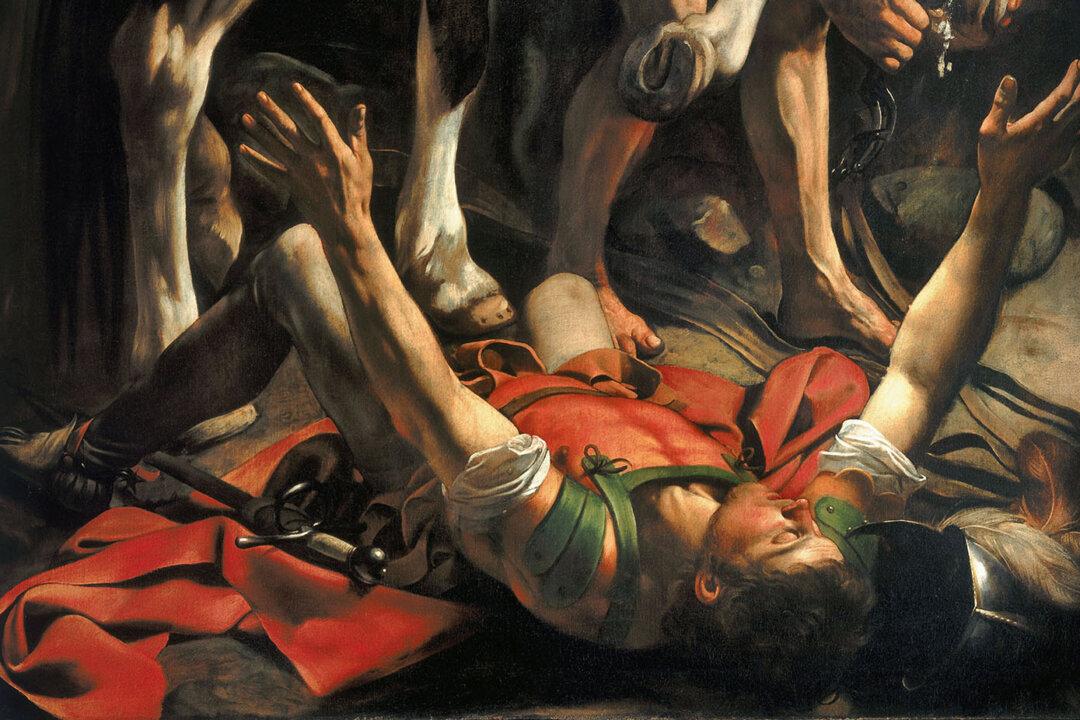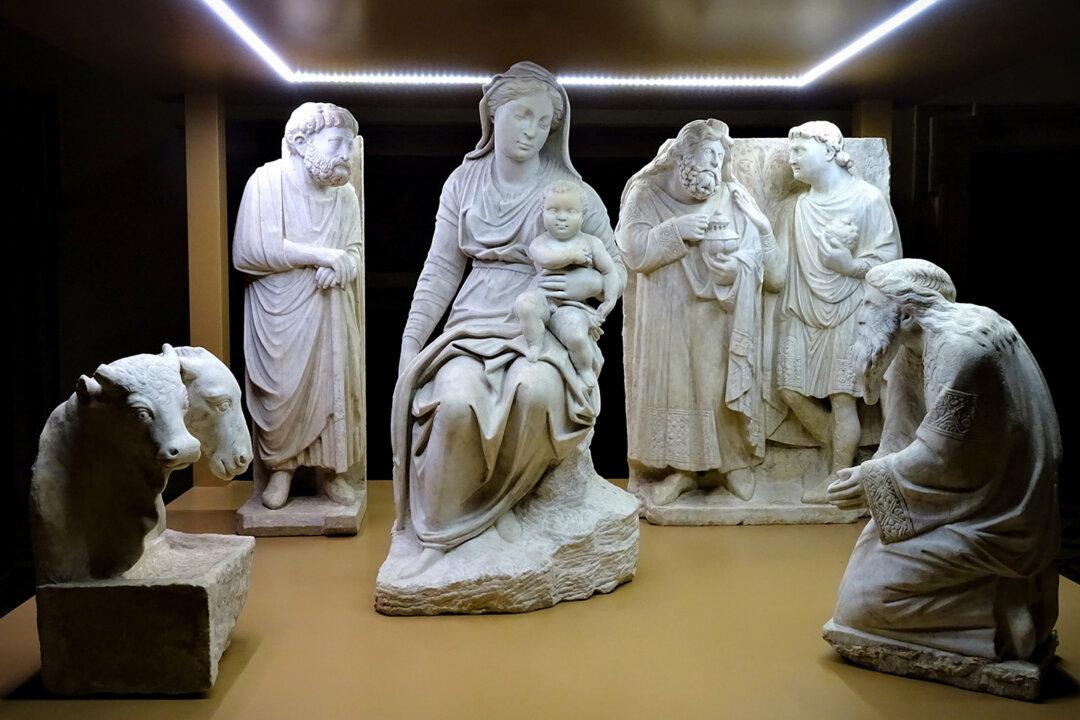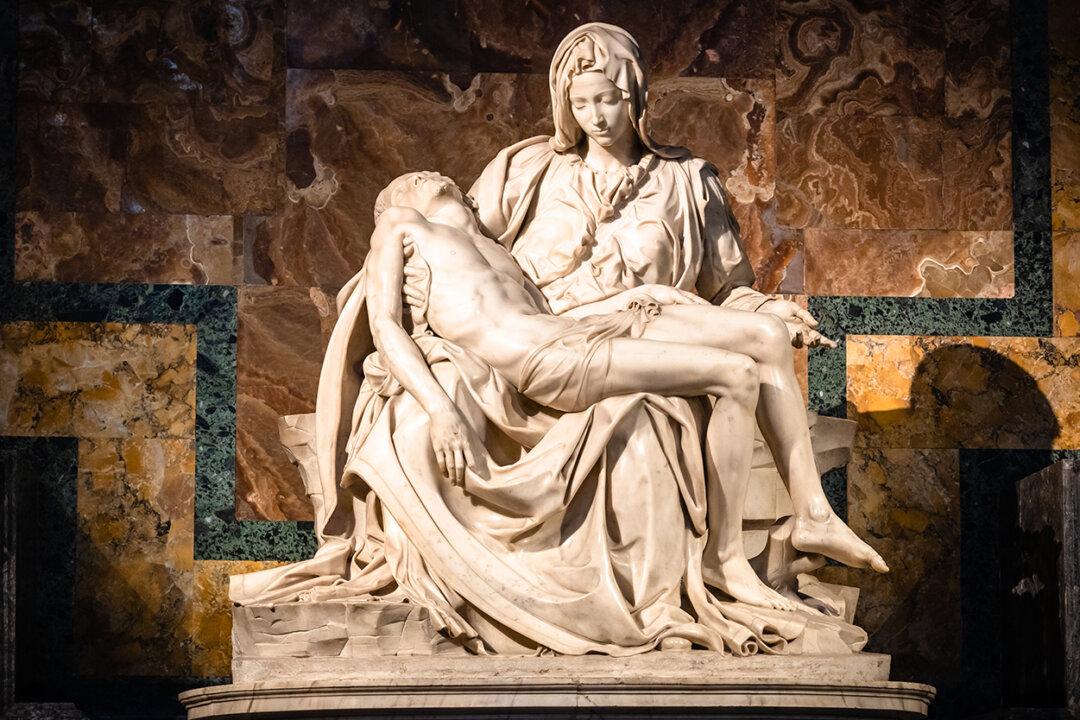Five hundred years ago, Michelangelo forced popes, princes, and prelates to crane their necks and gaze at heaven. Today, the glory of his frescoed vault has been brought down to earth by the travelling show “Michelangelo’s Sistine Chapel: The Exhibition.” This immersive exhibit, on display in several U.S. cities including Chicago; San Francisco; San Antonio, Texas; and Charlotte, North Carolina; invites lucky visitors to walk among 34 life-size reproductions of the master’s paintings, arranged in the same sequence as in the Vatican chapel, and close enough to touch.
In 1508, a reluctant Michelangelo Buonarroti was roped in to paint the vault of the papal chapel, named Sistine, for Pope Sixtus IV, its builder. The 33-year-old sculptor had raced to Rome a few years earlier, lured by the prospect of designing a giant tomb for the reigning pope, Julius II (incidentally nephew to Pope Sixtus). His dream of creating a monumental marble legacy was dashed, though, when his papal patron switched gears and ordered him to paint the 12 apostles on the ceiling of the Sistine Chapel instead.

